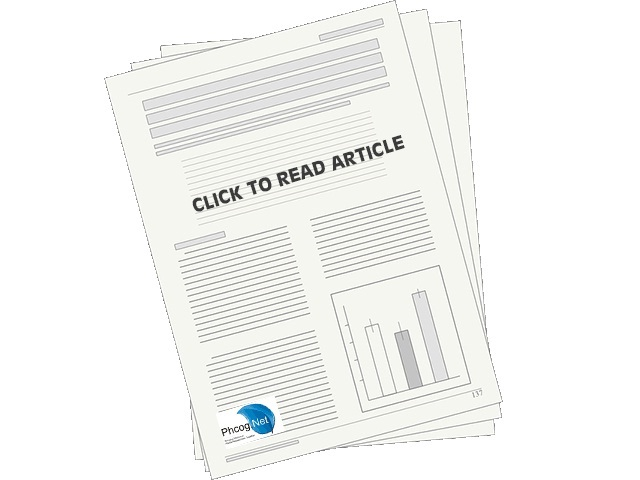Detection and Management of COVID-19 by Image Processing: A Scientometric Assessment of Global Publications
Abstract
Background and Aim: Diagnosis of the Covid-19 disease is important to provide the best care to patients and reduce their burden in the health care system. Of late artificial intelligence and machine learning approaches have been playing an important role in image processing for the diagnosis of Covid-19. The aim of this study is to examine the global literature on “Detection and Management of Covid-19 by Image Processing” during 2020- 21, using quantitative and qualitative methods and select bibliometric indicators. Methods: A systematic search strategy was developed and performed in Scopus database for “Detection and Management of Covid-19 by Image Processing” using keywords related to “Covid-19” and “Imaging” for identification of studies published up to 10 February 2022. Results: In all 2451 global articles were identified on this topic in Scopus database, which consisted of articles (62.55%), conference papers (15.46%) and reviews (8.36%). These together registered 11.77 citations per paper. The 19.95% (489) share of the global output received extra-mural funding support and registered 14.22 citations per paper. Only 2.12% (52) share of the global output are considered high-cited as they have received 100+ citations and registered 294.27 citations per paper. The 2451 global articles originated in 100 countries, with the participation of 1661 organizations and 11755 authors and published in 1088 journals and generated 9233 keyword plus and 3831 author keywords, Although USA (506 papers), China (412 papers) and India (362 papers) were the most productive countries, however, in terms of citation impact (citations per paper and relative citation index) China (27.02 and 2.30), Germany (26.23 and 2.23) and France (23.72 and 2.02) registered the highest citation impact. Although Harvard Medical School, USA (42 papers), Massachusetts General Hospital, USA (36 papers) and Shahid Beheshti University of Medical Sciences, Iran contributed the highest publication productivity; however, Icahn School of Medicine at Mount Sinai, USA (158.44 and 13.46), Sun Yat-Sen University, China (84.0 and 7.14) and Ministry of Education, China (71.78 and 6.10) registered the highest citation impact. Although A. Gholamrenzanezhad (USA) (14 papers), D. Shen (South Korea) (12 papers) and J. Liu (China)(11 papers) contributed the highest productivity, however A. Bernheim (USA) (235.83 and 20.04), N. Sverzellati (Italy)(135.86 and 11.54) and A. Gholamrenzanezhad (USA) (62.07 and 5.27) registered the highest citation impact. Although Computers in Biology and Medicine (38 papers), Academic Radiology (29 papers) and Clinical Imaging (28 papers) published the largest number of papers, however Radiology (153.09), Journal of Infection (105.75) and Radiology Cardiothoracic (64.94) registered the highest citation impact. The top three subjects contributing the largest share of global literature to this field were Medicine (57.36%), Computer Science (35.70%) and Engineering (21.95%). Besides Covid-19, the leading keywords were X-Ray (883), Computer-Assisted Tomography (836), Deep Learning (725), Diagnostic Imaging (692), Convolutional Neural Networks (464), Chest X-ray (398) and Diagnosis (325). Conclusion: Several artificial and machine learning models adopted by researchers, policy-makers and healthcare professionals to classify the images related to the diagnosis and management of COVID-19 were observed, which promised outcomes in terms of accuracy, cost, and detection speed. The analysis provide insights of the field, indicates the research trends, identifies the existing gaps and provides a perspective for future research. The need for active collaboration among countries, organizations and authors to improve research quality and impact was suggested.






